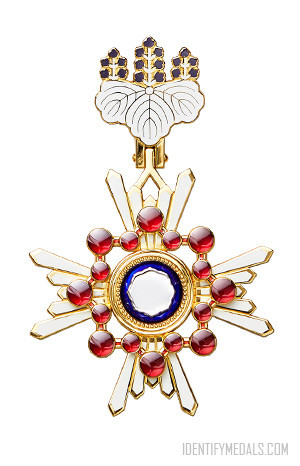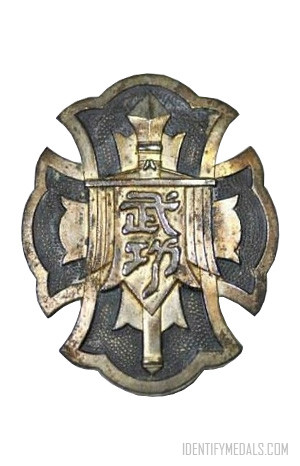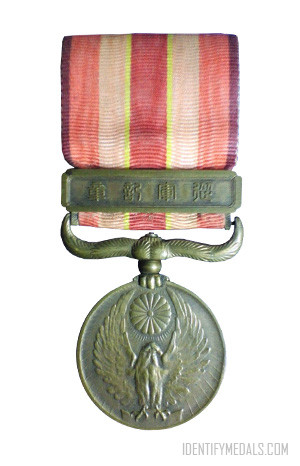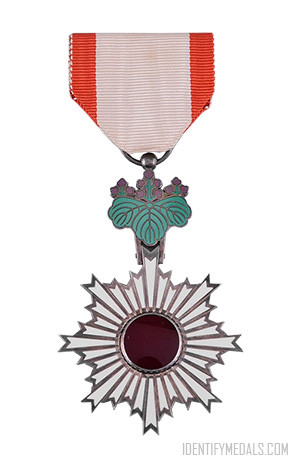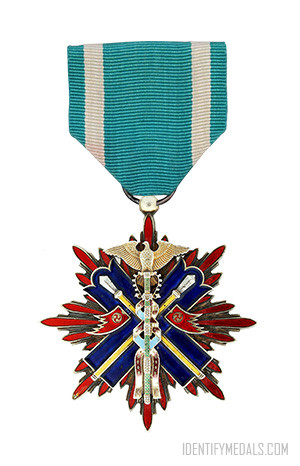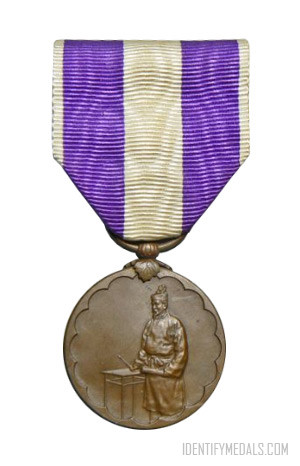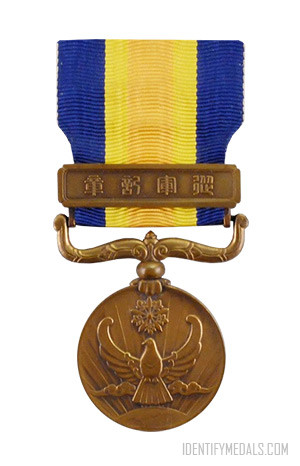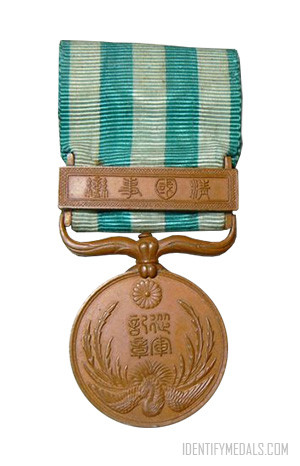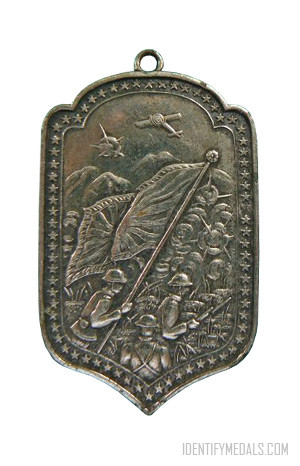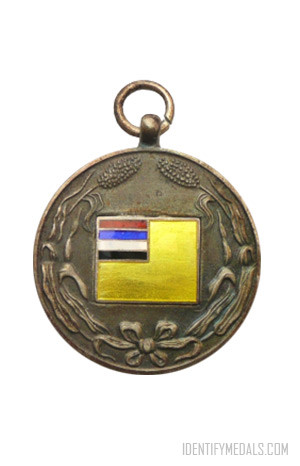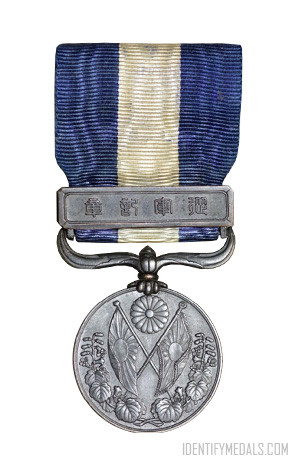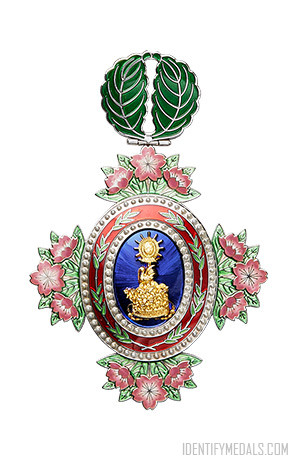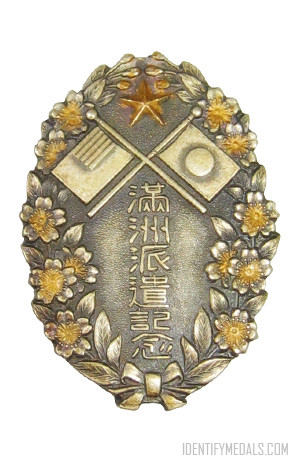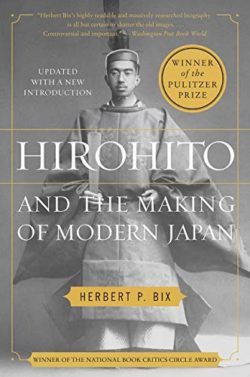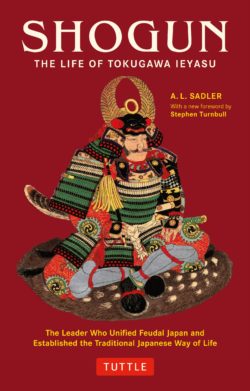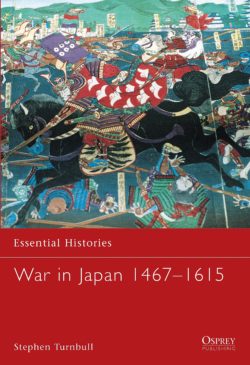The Order of the Sacred Treasure (or 瑞宝章 Zuihō-shō in Japanese) is the most widely conferred Japanese order and it was established on 4 January 1888 by Emperor Meiji and originally called the Order of Meiji. It is awarded for both civil and military merit, though of a lesser degree than that required for the conferment of the Order of the Rising Sun.
It was initially awarded in eight classes, but since 2003 this has been changed to six classes (the lowest two medals were abolished that year). The Order is awarded to those who have made distinguished achievements in research fields, business industries, healthcare, social work, state/local government fields or the improvement of life for handicapped/impaired persons.
Although the order was originally only given to males, it’s been made available to women since 1919. Conventionally, a diploma is prepared to accompany the insignia of the order. In some rare instances, the personal signature of the emperor will have been added.
The Order of the Secret Treasure Design
The insignia of the order incorporates symbols for the three imperial treasures: the Yata Mirror, so sacred that not even the Emperor is allowed to look at it; the Yasakani Jewel, which is made of the finest jade; and the Emperor’s personal sword.
The star for the Grand Cordon and Second Class has two sets of Maltese crosses, one in gilt and one placed diagonally in silver.
The badge for the first through sixth classes is a Maltese cross, in gilt (1st–4th classes), gilt and silver (5th class) and silver (6th class), with white enameled rays (representing the sword). The central disc is blue, bearing an eight-pointed silver star (representing the mirror), surrounded by a wreath with red-enameled dots (representing the jewel).
Until 2003, when it was abolished, the badge of the seventh and eighth classes was an eight-pointed silver medal, partially gilded for the 7th class.

